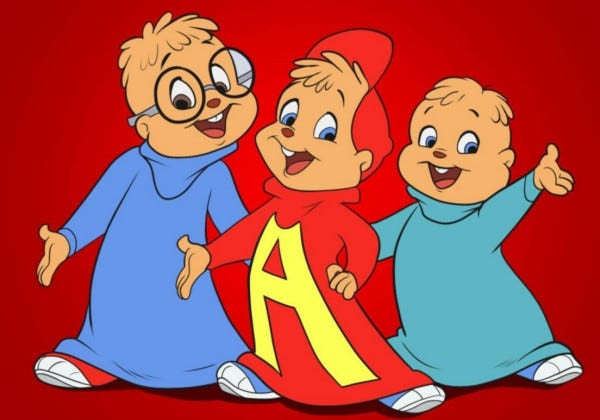 Ross Bagdasarian as David Seville, the original performer of Witch Doctor
Ross Bagdasarian as David Seville, the original performer of Witch Doctor
Earworms, those catchy tunes that burrow into your brain and play on repeat, can take many forms. Sometimes they are full songs with meaningful lyrics, but just as often, they are fragments, jingles, or even gibberish. And when it comes to memorable gibberish earworms, “The Witch Doctor,” especially as performed by Alvin and the Chipmunks, stands out as a particularly potent example. But what are the origins of this song, and why has the Alvin and the Chipmunks version resonated for generations?
The story of “The Witch Doctor” begins in 1958 with Ross Bagdasarian Sr., known professionally as David Seville. Facing financial pressure and the need for a hit, Bagdasarian created “Witch Doctor,” a novelty song featuring sped-up vocals that would become his trademark. The song tells the tale of a man seeking a witch doctor’s help to win the affection of a woman. While initially aimed at an adult audience, its catchy melody and playful gibberish quickly found a broader appeal.
 Animated Alvin and the Chipmunks dancing with tribal masks in a scene from The Alvin Show
Animated Alvin and the Chipmunks dancing with tribal masks in a scene from The Alvin Show
It was in 1960 that “The Witch Doctor” was reimagined and cemented in pop culture history through Alvin and the Chipmunks. Inspired by a real-life encounter with a chipmunk, Bagdasarian created the cartoon trio and gave them their own rendition of the song for the album Sing Again with The Chipmunks. This version, featuring the now-iconic high-pitched voices of Alvin, Simon, and Theodore, amplified the song’s whimsical nature and targeted a younger audience.
The Alvin and the Chipmunks’ “Witch Doctor” truly took off with The Alvin Show in 1961 and subsequent animated series. A segment featuring the Chipmunks performing the song, complete with them dancing and donning tribal masks, became a memorable visual accompaniment. While undeniably catchy and entertaining for its time, this visual element today raises eyebrows due to its stereotypical and potentially insensitive depiction of “witch doctors” and tribal cultures.
Despite these problematic aspects viewed through a modern lens, the catchiness of “The Witch Doctor” is undeniable. Both David Seville’s original and Alvin and the Chipmunks’ versions topped charts in the late 1950s and early 1960s, proving the song’s broad appeal. The gibberish lyrics, while nonsensical, contribute significantly to the earworm effect, sticking in listeners’ heads long after hearing the tune.
The song’s journey continued into the 21st century. The 2007 live-action CGI Alvin and the Chipmunks film introduced “The Witch Doctor” to a new generation. While this contemporary version might not be considered a favorite by all, it ensured the song’s continued presence in popular culture. Even a Eurodance rendition by the band Cartoons in 1998 demonstrates the song’s enduring and adaptable nature.
In conclusion, “The Witch Doctor,” particularly through its association with Alvin and the Chipmunks, remains a quintessential example of a gibberish earworm. Its history spans decades, evolving from a novelty song for adults to a children’s classic, and even experiencing modern reinventions. While certain aspects of its presentation, especially the stereotypical visuals from the 1960s cartoon, are now viewed critically, the song’s infectious melody and nonsensical charm continue to make it a memorable and enduring piece of pop culture. Whether you love it or find it grating, “The Witch Doctor” by Alvin and the Chipmunks has undoubtedly left its mark on the landscape of earworm songs.

